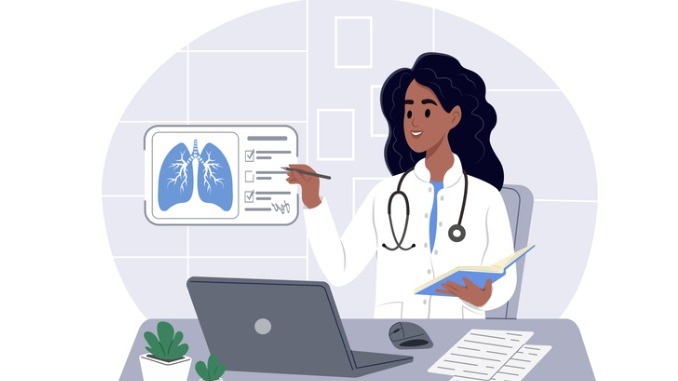
As tuberculosis cases continue to rise globally and within the UK, it is essential for practice managers to understand the key facts about the disease
CREDIT: This is an edited version of an article that originally appeared on The Independent
Health authorities have expressed concern over a marked increase in tuberculosis cases across the UK. The UK Health Security Agency (UKHSA) has reported an 11% increase in the number of diagnosed cases, bringing the total to nearly 5,000 by the end of 2023. Tuberculosis remains the world’s leading cause of death from a single infectious agent. The World Health Organisation estimates that in 2023, 10.8 million people worldwide were afflicted with the disease.
Tuberculosis is highly contagious, transmitted through airborne droplets when an infected person coughs, sneezes, or speaks. Symptoms include a persistent cough that may produce blood or sputum, fever, night sweats and unexplained weight loss.
Although tuberculosis cases increased among UK-born citizens, most infections – four out of five – were reported in individuals born outside the UK. The most common countries of origin for these patients were India, Pakistan, Nigeria and Romania.
Approximately 20% of tuberculosis cases were reported among UK-born residents. The UK Health Security Agency also emphasised that the disease is “more prevalent among individuals facing homelessness, struggling with drug and alcohol dependency, or having had involvement with the criminal justice system,” highlighting its disproportionate impact on vulnerable populations.
If patients have relocated to a country where tuberculosis is more prevalent, it is crucial to ensure they are familiar with the warning signs of the disease and are aware of the available resources for seeking advice and treatment.
To further support the prevention and management of tuberculosis, practice managers could look at implementing targeted TB screening for high-risk groups, such as new migrants from high-incidence countries, people experiencing homelessness, or those with compromised immune systems.


Be the first to comment